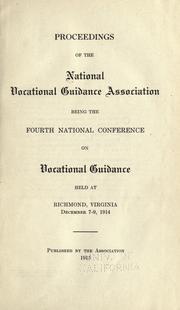

The overarching goal-of opening up historical practice to the widest possible audience-makes the Handbook an essential text for empowering people to make history as well as study it. We hope that the content is accessible to all people who are doing historical work, including those who may not identify as historians. It is intended to provide community groups, educators, museum professionals (paid and unpaid), students, scholars, activists, historical societies, preservationists, archivists, and others with easy-to-find information that is directly applicable to inclusive history practice.

The Handbook is for individuals and groups engaged in historical work in a wide range of settings-not just paid professionals or academic scholars. Rather, authors offer their perspectives and share ideas and recommendations drawn from experiences in the field. Because it is a multi-authored project, it does not speak with a single, authoritative voice. Authored by field experts, the entries combine practical advice with critical reflections and telling examples. The Handbook provides easily accessible information for historians working in multiple contexts. It aligns with AASLH’s and NCPH’s goals of building diversity and inclusion across the historical community. The Inclusive Historian’s Handbook is co-sponsored by the American Association for State and Local History (AASLH) and the National Council on Public History (NCPH). Offering accessible windows into the many ways public historians work.Centering equity, inclusivity, diversity, and public service.Providing concrete examples of how to make history work more relevant.

Sharing a knowledge base that invites more people to engage in history projects.This dynamic reference source supports inclusive and equity-focused historical work in public settings by:


 0 kommentar(er)
0 kommentar(er)
